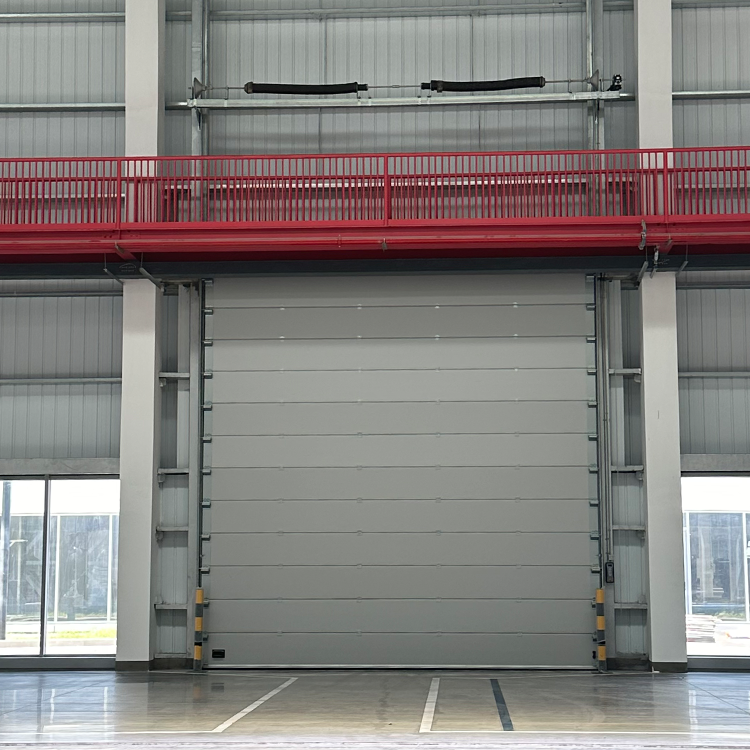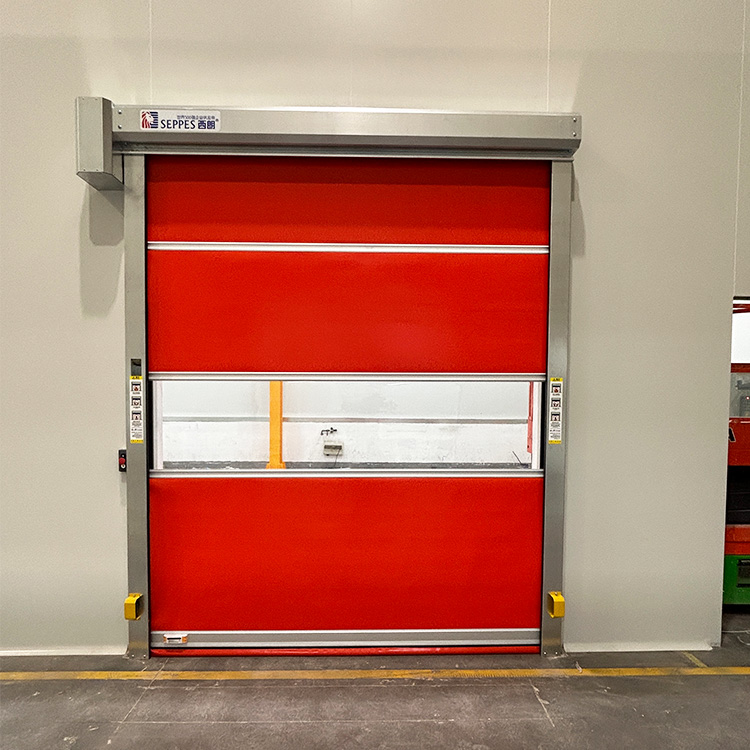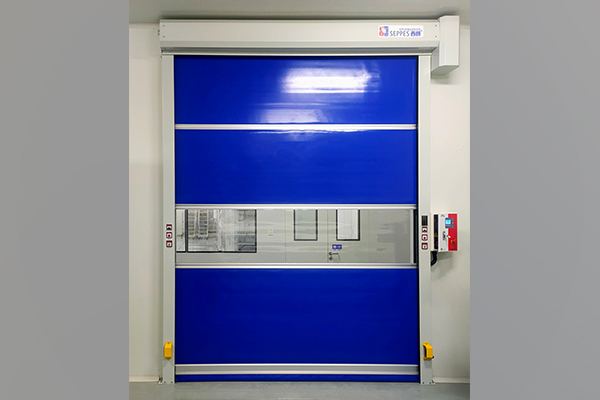In the rapidly evolving food industry, the design and infrastructure of food processing plants have become increasingly crucial, particularly regarding the selection of exterior gates. The choice of gates directly impacts the plant's hygiene management, operational efficiency, and cost control. Against this backdrop, sectional doors have emerged as a preferred option for many food processing facilities. The multiple advantages of sectional doors—such as space optimization, enhanced hygiene, energy efficiency, and safety—align perfectly with the unique demands of the food industry, supporting the plant's efficient operation.
1. Space Optimization for Streamlined Operations
Food processing plants require efficient management of materials, raw goods, and finished products, necessitating flexible and effective gate systems. Traditional swing or sliding doors consume significant space when open, potentially disrupting logistics operations. In contrast, sectional doors operate vertically, avoiding the use of extra floor space and freeing up valuable interior areas. This spatial efficiency allows for better planning of production and storage zones, thereby enhancing overall operational workflows within the plant.
2. Enhanced Hygiene Standards
Maintaining high levels of hygiene is critical in food processing plants, with external environmental control being a key aspect. The design of sectional doors effectively minimizes the entry of dust, insects, and other contaminants, ensuring a clean internal production environment. Additionally, the rapid open-and-close capability of sectional doors significantly reduces the time the doors remain open, thereby lowering the risk of airborne pollutants entering the facility. This sealing capability helps food processing plants maintain stricter hygiene standards, meeting the rigorous food safety regulations required by the industry.
3. Energy Efficiency and Cost Reduction
Temperature control is vital in food processing, particularly in environments where consistent temperature levels are necessary for production and storage. Traditional doors, which often remain open for longer periods, can lead to significant temperature fluctuations, increasing the burden on climate control systems. Sectional doors, with their superior sealing properties and quick operation, help maintain stable indoor temperatures by minimizing energy loss. This energy efficiency not only reduces the plant's overall energy consumption but also aligns with the growing trend toward sustainable and cost-effective practices in the modern food industry.

4. Increased Safety for Plant Operations
The frequent movement of personnel and equipment in food processing plants makes safety a primary concern when selecting exterior gates. Sectional doors are equipped with advanced sensors that detect movement around the door, automatically stopping or reversing the door's motion to prevent accidents. Additionally, the robust construction of sectional doors offers strong resistance to impact and harsh weather conditions, ensuring that the plant remains safe and operational even in adverse conditions. These safety features contribute to the continuous, uninterrupted production process and help mitigate the risk of accidental damage.
5. Easy Maintenance and Longevity
Sectional doors are designed with simplicity and automation in mind, making them relatively easy to maintain. Routine maintenance typically involves inspecting the door structure and drive systems, significantly reducing downtime caused by equipment malfunctions. Compared to traditional doors, sectional doors boast longer lifespans and lower failure rates, resulting in cost savings over time and improved production efficiency for food processing plants.
In conclusion, the selection of sectional doors as exterior gates in food processing plants is driven by their space-saving design, ability to maintain high hygiene standards, energy efficiency, and enhanced safety. By implementing sectional doors, plants can boost their operational efficiency while ensuring a safe and clean production environment, thereby supporting the high standards of food quality and safety required by the industry. This technological choice is a crucial step forward in the ongoing modernization of the food processing sector.




Comment (0)